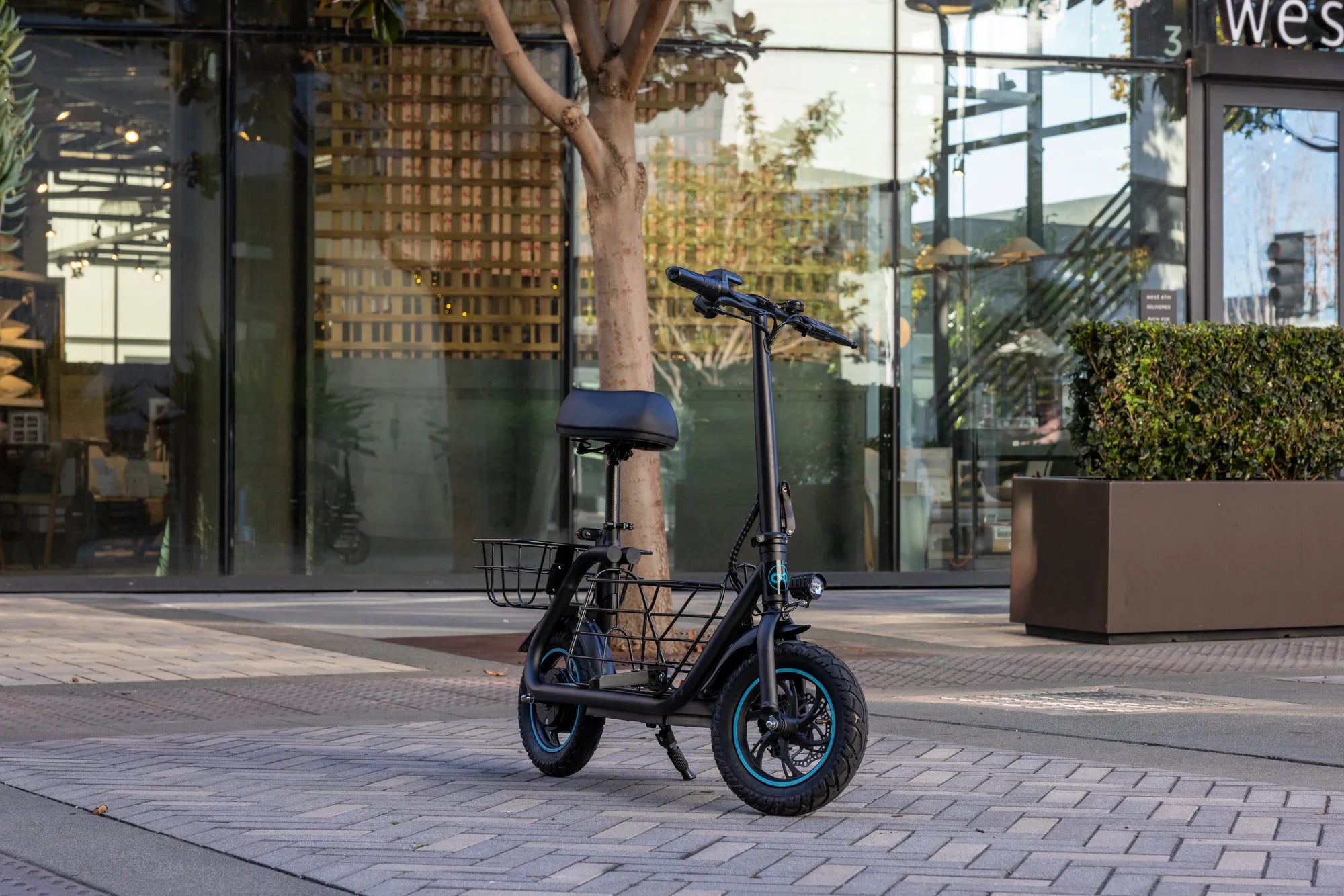Electric scooters have taken cities by storm, offering a convenient and eco-friendly way to zip through traffic. But beneath their sleek design and ease of use lie a host of problems that riders and urban planners can't ignore. From safety risks to maintenance woes, the downsides of electric scooters are becoming harder to overlook. Let's dive into the most pressing issues and how they impact riders and cities alike.
Safety Concerns with Electric Scooters
One of the biggest problems with electric scooters is safety. Riders often underestimate the risks involved, leading to accidents and injuries. Common issues include:
- Lack of Protective Gear: Many riders forego helmets and pads, increasing the severity of injuries.
- Poor Road Conditions: Potholes, uneven surfaces, and debris can cause sudden falls.
- Reckless Riding: Speeding, weaving through traffic, and ignoring traffic rules are frequent causes of accidents.
Emergency rooms have reported a spike in scooter-related injuries, ranging from minor scrapes to serious fractures and head trauma. Without proper regulations and rider education, these incidents are likely to continue.
Battery and Maintenance Issues
Electric scooters rely on batteries, which come with their own set of problems. Frequent charging, battery degradation, and even fires have been reported. Key maintenance challenges include:
- Short Battery Life: Riders often find themselves stranded when batteries die mid-ride.
- High Replacement Costs: Batteries degrade over time, and replacing them can be expensive.
- Fire Hazards: Poor-quality batteries or improper charging can lead to dangerous overheating.
Regular maintenance is crucial, but many riders neglect it, leading to breakdowns and unsafe riding conditions.
Urban Infrastructure Challenges
Cities weren't designed for electric scooters, and the clash between scooters and existing infrastructure creates numerous problems:
- Cluttered Sidewalks: Improperly parked scooters block pedestrian pathways, creating hazards.
- Lack of Dedicated Lanes: Scooters often share roads with cars or bike lanes, increasing collision risks.
- Vandalism and Theft: Scooters left unattended are frequently damaged or stolen, adding to operational costs.
Without proper infrastructure updates, electric scooters will continue to be a source of frustration for both riders and pedestrians.
Legal and Regulatory Gaps
The rapid rise of electric scooters has outpaced regulations, leaving cities scrambling to catch up. Key legal issues include:
- Unclear Traffic Laws: Many cities lack specific rules for scooter riders, leading to confusion.
- Insurance Gaps: Accidents involving scooters often fall into gray areas for insurance coverage.
- Enforcement Challenges: Police struggle to monitor reckless riding and improper parking.
Until clear laws are established, electric scooters will remain a contentious topic in urban mobility.
Environmental Impact
While marketed as eco-friendly, electric scooters aren't without environmental drawbacks. Their production, disposal, and energy use raise concerns:
- Battery Disposal: Improperly discarded batteries contribute to electronic waste.
- Carbon Footprint: Manufacturing and transporting scooters offset some of their green benefits.
- Short Lifespan: Many scooters are discarded after minimal use, adding to landfill waste.
To truly be sustainable, the scooter industry must address these environmental challenges.
Electric scooters may seem like the perfect urban transport solution, but their problems can't be ignored. From safety hazards to regulatory headaches, these issues demand attention. Whether you're a rider or a city planner, understanding these challenges is the first step toward making scooters safer and more sustainable. The future of urban mobility depends on it.

Share:
Small Electric Mobility Scooters for Adults: The Ultimate Guide to Convenient and Efficient Travel
Electric Scooters for Tall Adults: The Ultimate Guide to Comfort and Performance